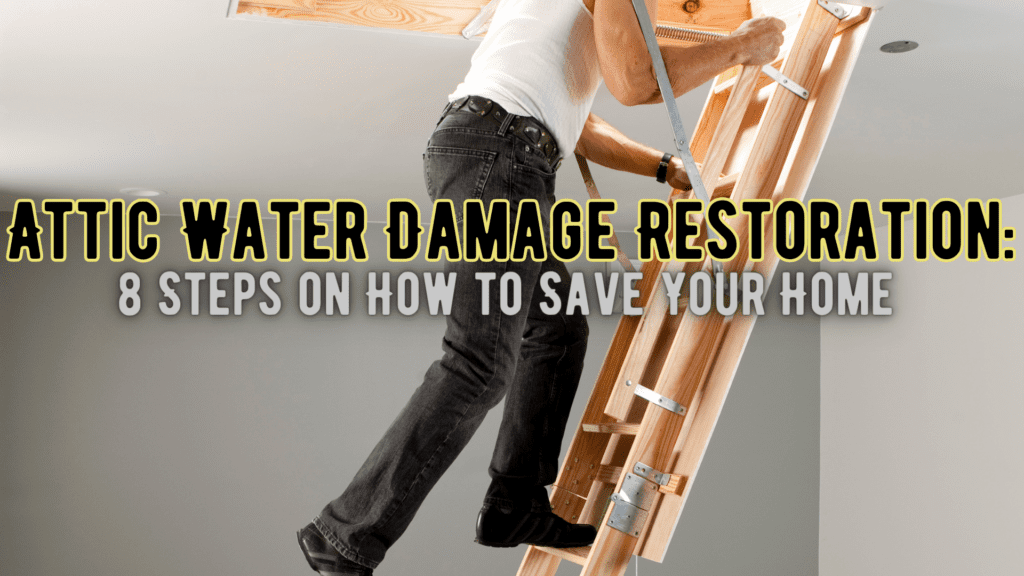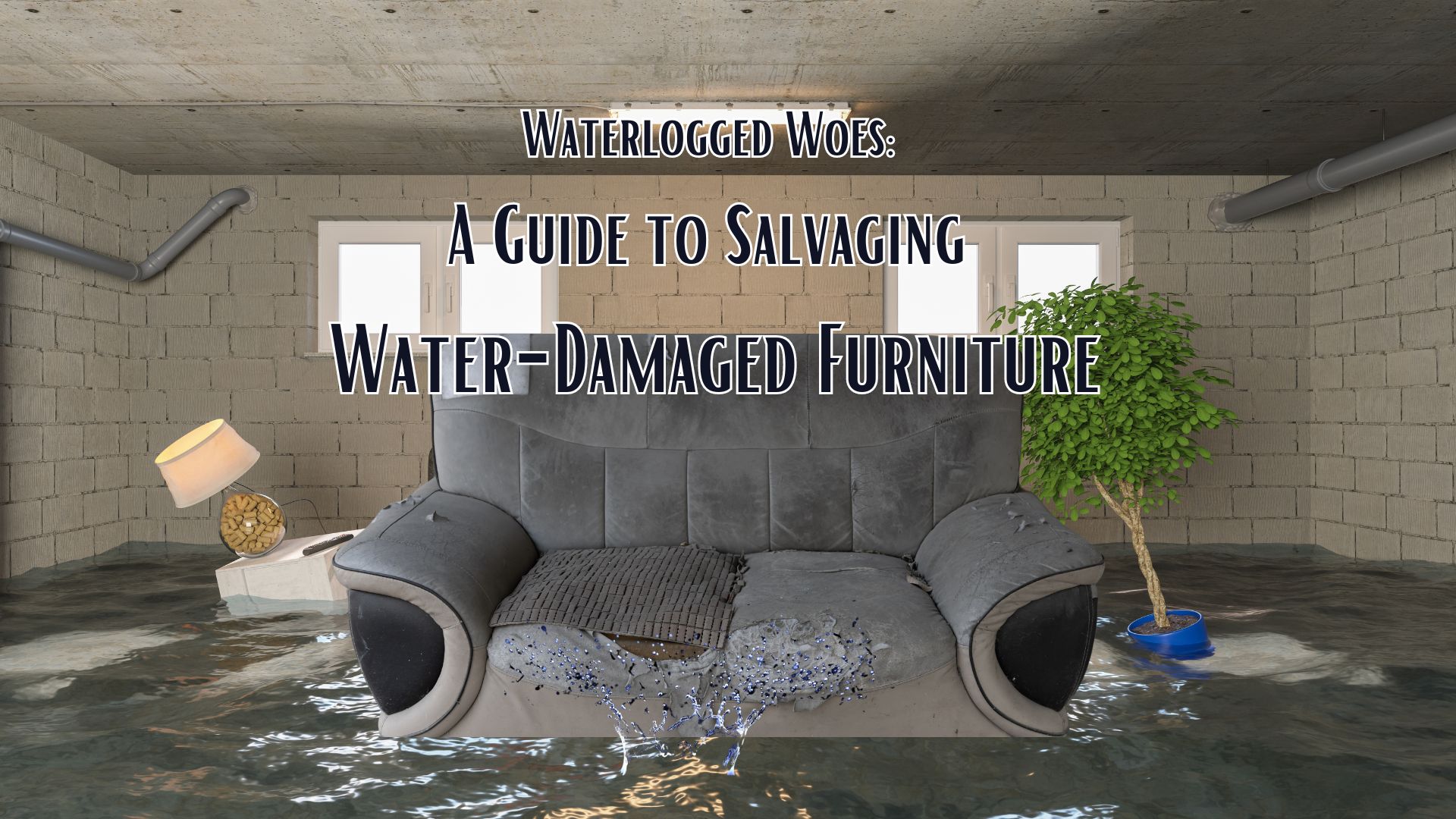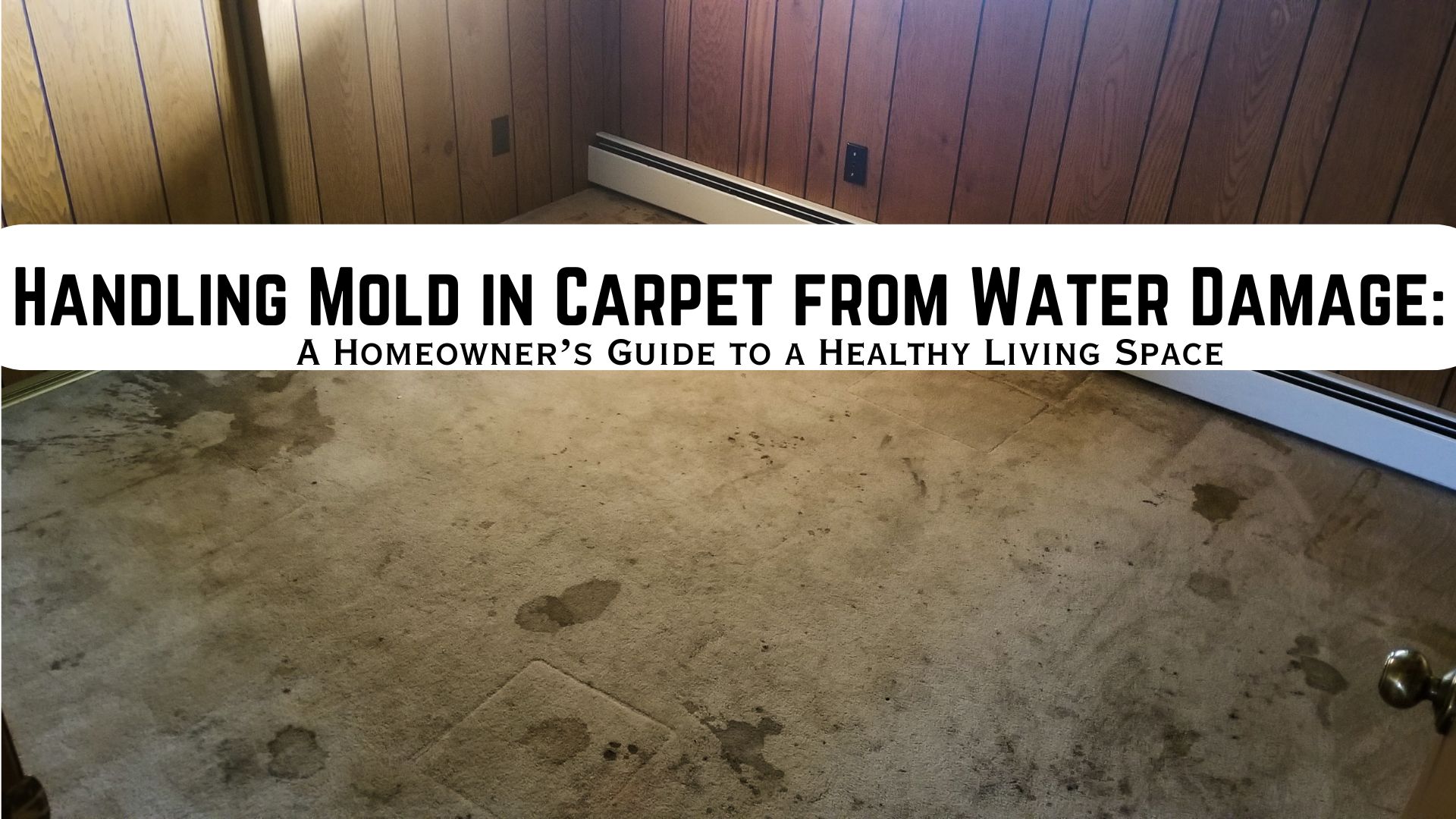
Is Your Attic at Risk?
Imagine walking into your attic and discovering damp, damaged insulation or worse—mold spreading across your wooden beams. The sight is enough to send a chill down any homeowner’s spine. Attic water damage is not just an eyesore; it threatens the structural integrity of your home, leading to costly repairs if left unchecked. No need to stress—we’re here to guide you through tackling this issue directly.
In this comprehensive guide, we’ll dive deep into identifying the signs of water damage in your attic, understanding its causes, and providing step-by-step solutions to restore and prevent future issues. Stick with us, and by the end of this article, you’ll be equipped with all the knowledge you need to protect your home from attic water damage.
Why Attic Water Damage Matters
Understanding the Risks
Water damage in your attic isn’t just a minor inconvenience. It can compromise the very bones of your house, leading to weakened structures and potential safety hazards. Roof leaks and water leaks can lead to mold growth, which poses significant health risks to your family. Additionally, excessive moisture can attract pests and lead to further deterioration of your home.
The Financial Impact
Not paying attention to water damage issues in your attic may result in big-budget repairs. Replacing damaged areas, such as wooden beams or insulation, and addressing mold remediation can quickly add up. Preventing these issues before they escalate is not only a smart financial move but also essential for maintaining the value of your property.
Identifying Signs of Water Damage in Your Attic
Visible Indicators
- Water Stains and Discoloration: Look for brownish or yellowish stains on the ceiling, walls, or around vents.
- Damp Insulation: Insulation that feels wet or clumps together is a clear sign of moisture buildup.
- Mold Growth: Mold can appear as black, green, or white patches on wood, insulation, or drywall.
Subtle Signs
- Musty Odor: A continuous, musty smell often signifies the presence of mold and mildew.
- Peeling Paint: Moisture can cause paint to bubble and peel away from surfaces.
- Sagging or Warping: Look for any deformation in your attic’s structural components, like beams or flooring.
Causes of Attic Water Damage
A leading cause often turns out to be a leak in your roof. Damaged or missing shingles, deteriorated flashing, or poor installation can all lead to water seeping into your attic spaces.
- Poor Ventilation
Lack of ventilation in your home or office can cause excessive moisture buildup. And this will lead to condensation and water damage in the long run. Proper airflow is necessary to keep your attic free from any moisture-related issues and dry as well.
- Plumbing Issues
Water leaks from plumbing pipes that run through or near the attic can also contribute to water damage. Do also regular self-checks on your plumbing for signs of corrosion and leaks.
Step-by-Step Guide to Restoring Your Attic
1. Assess the Damage
Before you start any restoration work, conduct a thorough inspection of your attic to identify all damaged areas. This includes checking for visible signs of water damage, testing for mold, and assessing the structural integrity of your attic.
2. Dry Out the Affected Area
Use any type of fans, dehumidifiers, and try opening your windows to dry out the moisture. Removing the excess moisture is crucial to preventing mold growth and further damage.
3. Remove Damaged Materials
Carefully remove any water-damaged insulation, wood, or drywall. Dispose of these materials safely, as they can harbor mold spores and other contaminants.
4. Clean and Disinfect
Clean all affected areas with water and mild detergent. You can also use a disinfectant to kill any mold spores and bacteria. Make sure that your attic is thoroughly dry before going to the next step.
5. Repair and Replace
Replace damaged insulation, wooden beams, or drywall with new, dry materials. Ensure that your repairs are done correctly to prevent future leaks and water damage.
6. Improve Ventilation
Consider installing additional vents or fans to improve airflow in your attic. Proper ventilation is necessary to prevent buildup of moisture and maintain a dry attic.
7. Address Roof Issues
Do self-checks on your roof occasionally for any signs of wear or damage. Replace any missing or broken shingles, fix the flashing, and make sure your roof is in good shape to prevent future leaks.
8. Regular Maintenance
Conduct regular inspections of your attic and roof to catch any potential issues early. Clean gutters regularly to prevent water from backing up and seeping into your attic spaces.
Preventing Future Attic Water Damage
Routine Inspections
Regularly check your attic for any signs of water damage, especially if there are leaks. Early detection is better since it can save you from expensive repairs and extensive damage.
Maintain Your Roof
Keep your roof in good condition by addressing any issues promptly. Replace worn-out shingles, fix flashing, and ensure your roof is properly sealed.
Install a Vapor Barrier
Consider installing a vapor barrier to prevent moisture from seeping into your attic. This can be particularly effective in areas with high humidity levels.
Monitor Indoor Humidity Levels
Use a hygrometer to keep an eye on the humidity levels inside your home. As much as possible, try to maintain indoor humidity between 30-50% to prevent too much buildup of moisture.
Professional Help
If you’re not sure on how to properly address attic water damage, consider hiring a water damage professional. They can provide expert advice and ensure that your attic is properly restored and protected from future damage.
Conclusion: Protect Your Home from Attic Water Damage
Attic water damage is a serious issue that requires immediate attention. By understanding the causes, identifying the signs early, and taking proactive steps to repair and prevent damage, you can protect your home and avoid costly repairs. Remember, regular maintenance and inspections are your best defense against water damage in your attic. Don’t wait until it’s too late—start taking action today to ensure your home stays dry, safe, and healthy.
With the knowledge from this guide, you’re now equipped to handle attic water damage like a pro. Keep an eye on those telltale signs, maintain your roof, and ensure proper ventilation in your attic. The stability of your home and the well-being of your family depend on it.
For emergency water damage restoration, mold remediation, and fire damage restoration services, call our trusted professionals at Superior Restoration!



